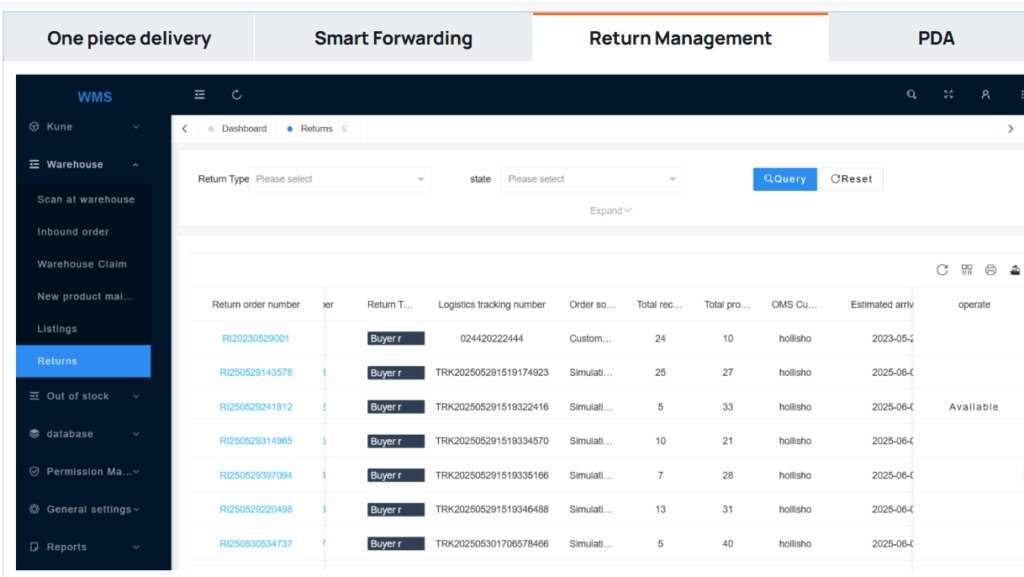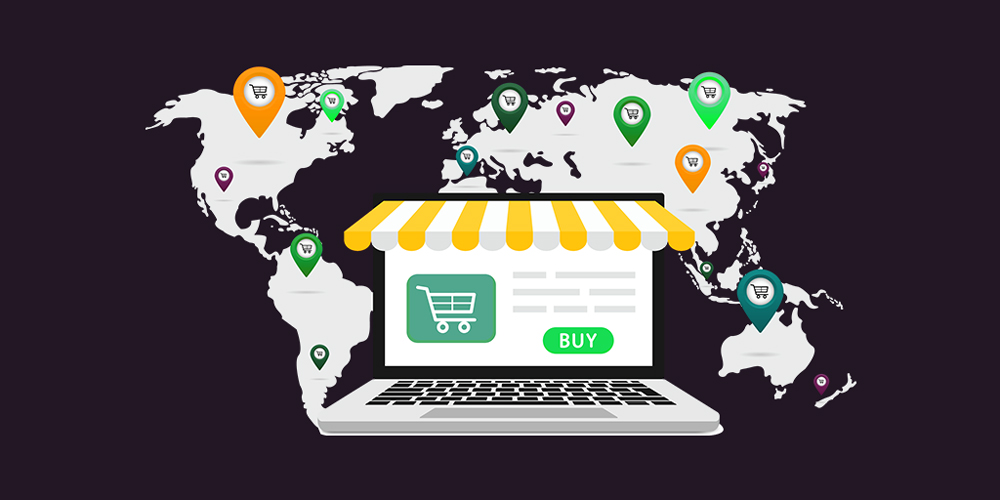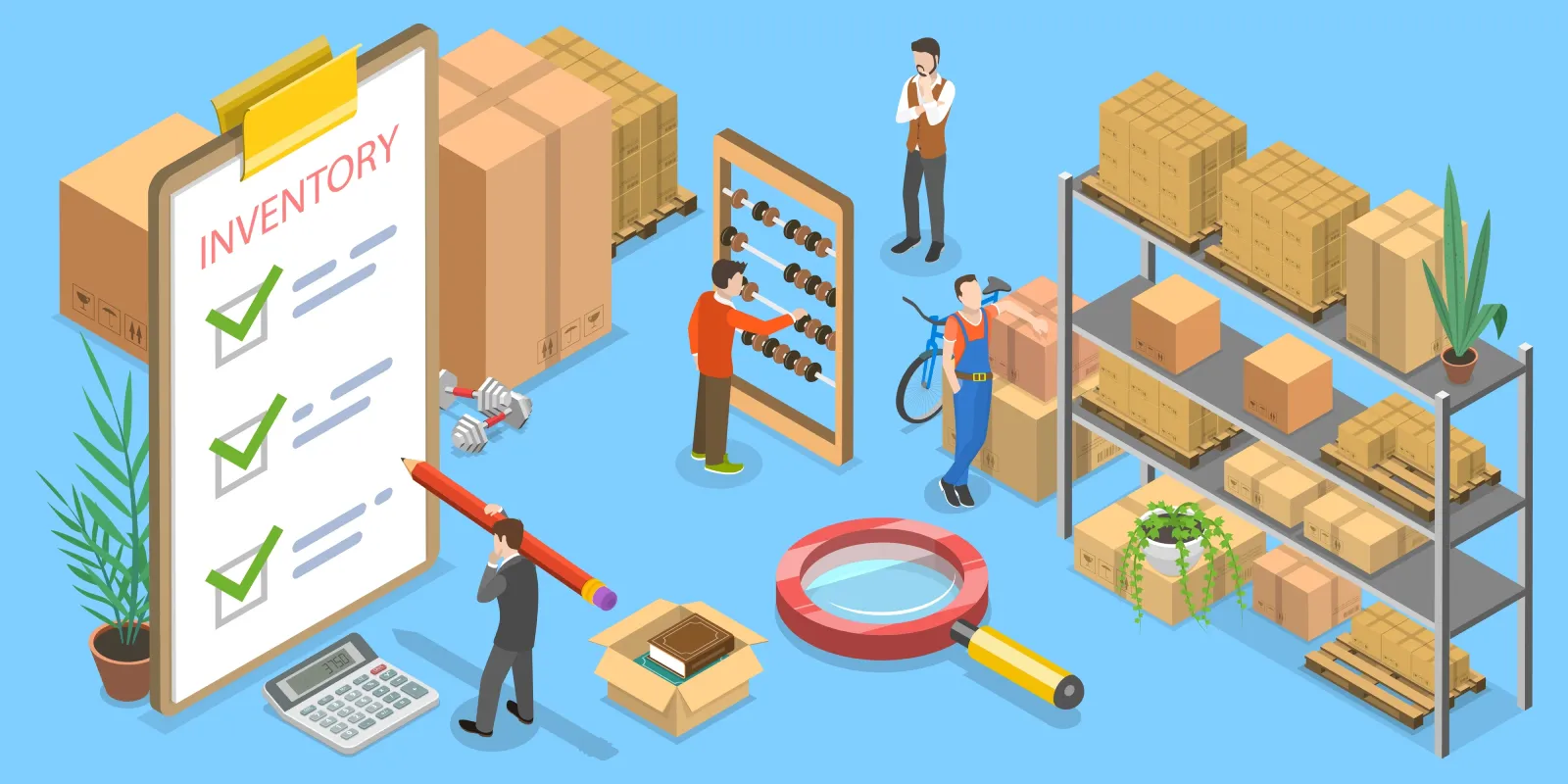Best Practices for Implementing Reverse Logistics in Global Supply Chains
Logistique inverse en gestion de la chaîne d'approvisionnement has become a vital component of modern global business. As online sales grow and customer expectations rise, handling returns efficiently is now as important as delivering products on time. Companies that fail to manage this process lose money, time, and customer trust. On the other hand, businesses that master reverse logistics can turn challenges into opportunities. Postalparcel, a leading logistics service provider, has seen firsthand how proper return handling can improve sustainability, reduce waste, and boost brand loyalty.

Understanding Reverse Logistics in Supply Chain Management
Reverse logistics involves managing the movement of goods from consumers back to sellers, manufacturers, or recyclers. It covers product returns, repairs, refurbishments, recycling, and safe disposal. This process ensures that every item—whether damaged, unwanted, or end-of-life—finds its proper destination.
In global trade, reverse logistics becomes more complex. Products may cross multiple countries, requiring compliance with local laws, taxes, and environmental standards. Managing these steps correctly ensures both cost control and customer satisfaction.
Core components include:
- Customer returns and exchanges.
- Inspection and quality control.
- Refurbishment or remanufacturing.
- Recycling and waste management.
- Return-to-supplier coordination.
A well-structured reverse logistics plan helps companies manage these steps seamlessly, ensuring every item is accounted for and processed responsibly.
Why Reverse Logistics Matters in Global Supply Chains
Reverse logistics in supply chain management is not only about managing returns—it’s about protecting brand reputation and maintaining business efficiency.
Here’s why it matters:
- Cost recovery: Companies can recover value from refurbished or resold goods.
- Customer satisfaction: Easy returns increase consumer confidence.
- Sustainability: Recycling and reusing materials support environmental goals.
- Compliance: Proper disposal meets international environmental standards.

Modern consumers care about what happens after a product is returned. A brand that handles returns responsibly gains respect and long-term trust.
Building a Strong Reverse Logistics Framework
1. Clear Return Policies
Transparency is key. Customers must understand how to return items without confusion. Display return policies on product pages, checkout sections, and confirmation emails.
Good practices:
- Keep the return steps simple and easy to follow.
- Offer clear contact information for customer support.
- Communicate timelines for refunds and exchanges.
A clear process reduces disputes and improves customer experience.
2. Efficient Return Collection
Centralizing returns in key regional hubs improves control. Instead of sending items back to one global location, companies can process returns regionally.
Les avantages comprennent
- Lower transportation costs.
- Quicker sorting and evaluation.
- Easier local recycling or resale.
Colis postal provides such regional return handling solutions, allowing brands to manage global returns smoothly through integrated logistics centers.

3. Smart Technology Integration
Technology improves visibility at every stage of reverse logistics. Real-time tracking systems, barcodes, and cloud-based dashboards help businesses monitor products as they return.
Avantages :
- Enhanced visibility of goods in transit.
- Reduced errors in documentation.
- Faster resolution for refund or repair requests.
Automation tools can also predict which products are most likely to be returned, helping brands prepare and minimize stock imbalances.
4. Reliable 3PL and Carrier Partnerships
Reverse logistics often involves multiple carriers and customs checkpoints. A reliable 3PL (Third-Party Logistics) provider like Postalparcel helps simplify this network by offering unified solutions across countries.
Why it helps:
- Centralized return management.
- Professional handling of international documentation.
- Integrated fulfillment and warehouse support.
Working with experts ensures that global returns meet compliance standards and avoid costly delays.
5. Sustainable Disposal and Recycling
Reverse logistics is directly linked to sustainability. Instead of throwing away returned goods, companies can recycle parts, reuse packaging, or sell refurbished items.
Effective sustainability steps:
- Partner with local recycling companies.
- Implement take-back programs for used products.
- Encourage customers to return packaging for reuse.
This not only reduces landfill waste but also enhances the brand’s environmental image—an increasingly powerful selling point in the global market.

6. Data-Driven Optimization
Every returned product provides useful information. By analyzing return data, businesses can discover patterns such as product defects, delivery issues, or customer dissatisfaction.
What to analyze:
- Return reasons (defective, wrong size, preference).
- Regions with higher return rates.
- Processing time from request to resolution.
Using this data, teams can improve product quality and streamline packaging or logistics decisions, making the entire supply chain more efficient.
Common Barriers to Effective Reverse Logistics
Even with the best intentions, global supply chains face hurdles that affect reverse logistics performance.
Major challenges include:
- Complicated customs paperwork for returns.
- High shipping costs for low-value items.
- Limited local facilities for repair or recycling.
- Inconsistent product quality after return.
How to overcome them:
- Use local return centers to shorten the distance and reduce shipping expenses.
- Automate customs forms using logistics software.
- Partner with certified refurbishers to ensure consistent product standards.
- Offer incentives for customers who choose eco-friendly return options.
These adjustments create a faster and more cost-effective return network.

The Role of Communication in Reverse Logistics
Logistique inverse depends on smooth communication between suppliers, warehouses, and customers. When all parties share updates in real time, returns are processed more quickly.
Practical steps:
- Keep customers informed via email or SMS during each return stage.
- Ensure warehouse teams have access to updated tracking data.
- Maintain open channels with shipping partners.
Transparency eliminates confusion and delays, turning potential frustration into satisfaction.
Future Trends in Reverse Logistics
The next decade will bring even more innovation to reverse logistics in supply chain management. Artificial intelligence will predict return volumes and optimize routes. Blockchain will ensure full transparency across every transaction. Sustainable packaging and recycling partnerships will become standard practice.
Global companies will also invest in localized fulfillment and reverse centers to reduce emissions and delivery times. These future-focused strategies help businesses stay competitive in an increasingly sustainability-driven world.
Conclusion
La logistique inverse dans la gestion de la chaîne d'approvisionnement is more than a technical process—it’s a strategic asset for global businesses. It allows companies to manage returns, control costs, and support environmental goals, all while improving customer loyalty.
Brands that design strong reverse logistics systems today will stand out tomorrow. With the support of partners like Postalparcel, businesses can build transparent, sustainable, and efficient return solutions that keep customers happy and supply chains running smoothly.
Reverse logistics is not a burden—it’s the foundation of smarter, greener, and more resilient global trade.
Aperçu de l'industrie
nouvelles via la boîte de réception
Nulla turp dis cursus. Integer liberos euismod pretium faucibua







